Consecutive Numbers
Hi there. This math post focuses on consecutive numbers and some math problems involving them. This topic can be for young math students and it can also be quite advanced at the high school level.
(Math text rendered with QuickLaTeX.com)

Topics
- What Are Consecutive Numbers?
- Examples Of Consecutive Numbers
- Consecutive Numbers As An Arithmetic Sequence
- Mean & Median Of Consecutive Numbers
- Examples Of Math Problems With Consecutive Numbers Through Examples
- Practice Problems
- Answers To Practice Problems
What Are Consecutive Numbers?
Consecutive numbers is a sequence or list of numbers which follow a pattern where the numbers go from smallest to largest (left to right).
This pattern is an addition pattern where the next number goes up by the same amount from the previous number. The simple number pattern of 1, 2, 3, 4, 5, 6 and so on goes up by one each time.
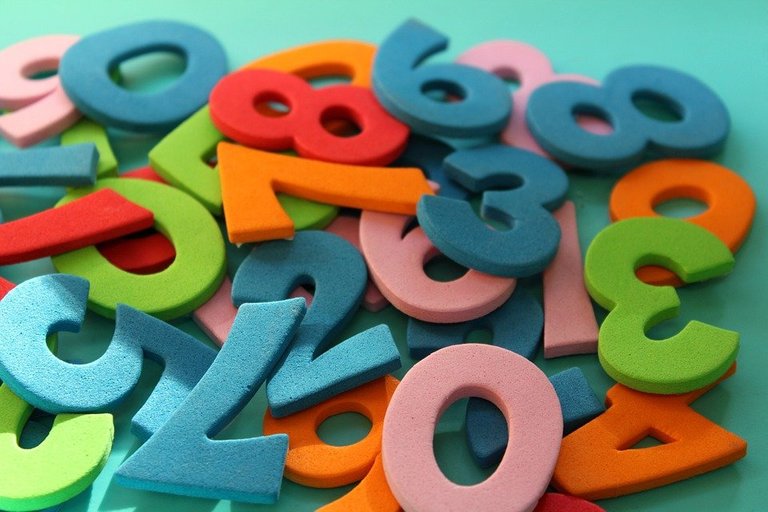
Examples Of Consecutive Numbers
Easy examples of consecutive numbers include:
- 1, 2, 3, 4, 5
- 2, 4, 6, 8 , 10, 12, ... (Consecutive Even Numbers)
- 1, 3, 5, 7, 9, 11, ... (Consecutive Odd Numbers)
- 8, 9, 10, 11, 12, 13, 14
Some harder examples of consecutive numbers include:
- x, 2x, 3x, 4x, 5x, ...
- 10, 20, 30, 40, 50, ... (Multiples of 10)
- 2x + 1, 2x + 3, 2x + 5
- x, x+1, x+ 2
The list of numbers can be never-ending (infinite) or end. We will be dealing with mostly sequences that end.
One particular sequence that is of interest here is x, x + 1, x + 2. The variable x is an unknown starting number in the list of 3 consecutive numbers.

Consecutive Numbers As An Arithmetic Sequence
A list of consecutive numbers is one case of an arithmetic sequence. An arithmetic sequence is a list of numbers where the difference between numbers is the same. This difference in the arithmetic sequence can be positive or negative.
Examples of arithmetic sequences include:
- -2, -1, 0, 1, 2, 3, 4, 5
- 10, 9, 8, 7, 6, 5, 4, 3, 2, 1
- 10, 20, 30 , 40, 50
- 0, -1, -2, -3, -4, -5, -6,
The arithmetic sequence from left to right can be increasing or decreasing. With consecutive numbers, the sequence is increasing only.
As a reference, finding the n-th number in the arithmetic can be found using the formula below. This formula would not be used much in this post.

where  is the n-th number in the arithmetic sequence,
is the n-th number in the arithmetic sequence,  is the first term in the arithmetic sequence, d is the constant difference from the previous number to the next number and n is the number of terms in the arithmetic sequence.
is the first term in the arithmetic sequence, d is the constant difference from the previous number to the next number and n is the number of terms in the arithmetic sequence.

Mean & Median Of Consecutive Numbers
I thought I would add mean and median here with consecutive numbers as an extra. This extra bit is too difficult.
Median
The median of a list of ordered numbers is the middle number. If there are an odd amount of numbers, take the middle number directly. For even amounts of numbers, take the total of the middle two numbers and divide by two.
Median Example One
Given a list of consecutive numbers 5, 6, 7, 8, 9, 10, 11, the median is simply 8.
Median Example Two
Consider the list of consecutive multiples of 10 starting from 10 to 100. That is 10, 20, 30, 40, 50, 60, 70, 80, 90, 100. Since there are ten numbers in this list, take the middle two numbers of 50 and 60. Add 50 and 60 and then divide by 2 to obtain the median of 55.
Mean Of Consecutive Numbers
Taking the average of a list of numbers consists of adding all the numbers together and dividing by how many numbers there are. Obtaining the mean/average of consecutive numbers actually turns out to be the same as the median of the same list. This is because a list of consecutive numbers is symmetric or has no skew. (Skew as in favourtism towards a side.)
Mean Example One
We go back to the list of consecutive numbers 5, 6, 7, 8, 9, 10, 11 where the median was 8. Taking the average of this list also turns out to be 8.
Mean Example Two
Let's say we have a list of consecutive numbers being 3, 6, 9, 12, 15, 18, 21, 24 (multiples of 3 up to 24). The median here is 13.5 and the mean is also 13.5.
Summary
Given a list of consecutive numbers, the median and the mean of this number list are the same!
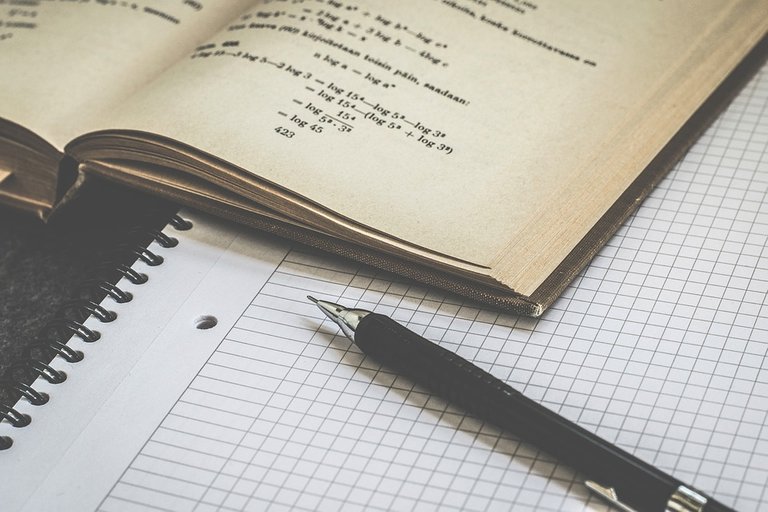
Examples Of Math Problems With Consecutive Numbers Through Examples
Let's get right into some example problems with consecutive problems. This will consist of high school algebra.
Example One - Basic Sum
Determine the list of three consecutive numbers where they add up to 78.
Answer
Since we are not sure what the first number is, use x as the variable. Set up the number sequence as x, x + 1, x + 2. All these numbers in this sequence add up to 78. As an algebra equation this would be:
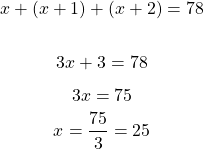
This list of three numbers is 25, 26, 27.
Example Two - Negative Numbers Case
There are seven consecutive numbers which add up to -14. What are these seven numbers?
Answer
Model these seven consecutive numbers as x, x+1, x+2 to x+6 where x is the smallest number in this sequence. All seven numbers add up to -14 which can expressed as:
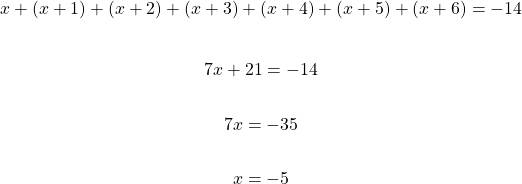
The seven consecutive numbers are -5, -4, -3, -2, -1, 0 and 1.
Example Three - Basic Product Of Consecutive Numbers (Hard)
Determine the list of three consecutive numbers where the product of the these numbers multiplied together is 24.
Answer
Consider the list of the three consecutive numbers as x, x + 1 and x + 2 where x is the first number in this sequence. Equating the product of these numbers to 24 would look like this.
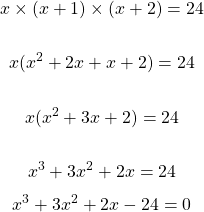
Solving this cubic function would require the Factor Theorem. This Factor Theorem would help in factoring this equation. Consider the polynomial:

Substituting x = 2 into P(x) would give P(2) = 0.

This result means that (x - 2) is a factor in the cubic polynomial P(x). One can show through long division of polynomials or through synthetic division that the cubic polynomial factors into the following:

Setting P(x) = 0 and solving for x gives the answer of x = 2. (The quadratic is not factorable.)
The list of three consecutive numbers that multiply to 24 is 2, 3 and 4.
Note
Yes the numbers for this third examples were small and easy but the algebra work behind this is not that easy. The Factor Theorem and division of Polynomials where I come from is in Grade 12 (last year high school math) Advanced Functions.

Practice Problems
Find six consecutive numbers which add up to 81.
Find five consecutive odd numbers which add up to 635.
What are three consecutive negative numbers that add up to -21?
Consider a list of three consecutive odd numbers. These numbers multiply together to get 105. What are these three numbers?
Answers To Practice Problems
11, 12, 13, 14, 15, 16
123, 125, 127, 129, 131
-8, -7, -6
3, 5, 7
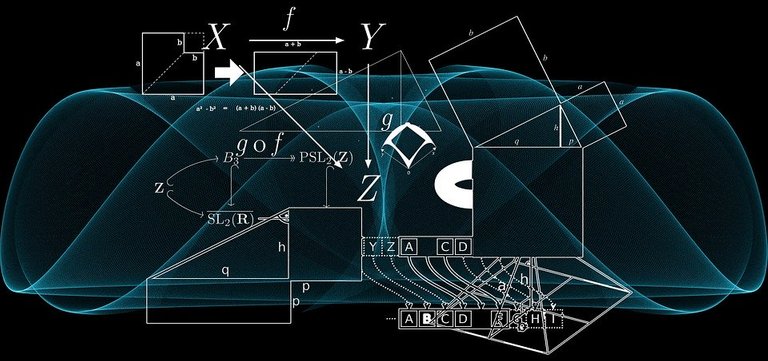
Your job is very good. I think it is valid that subjects like this involving mathematics are essential for it is immortalized in the blockchain.